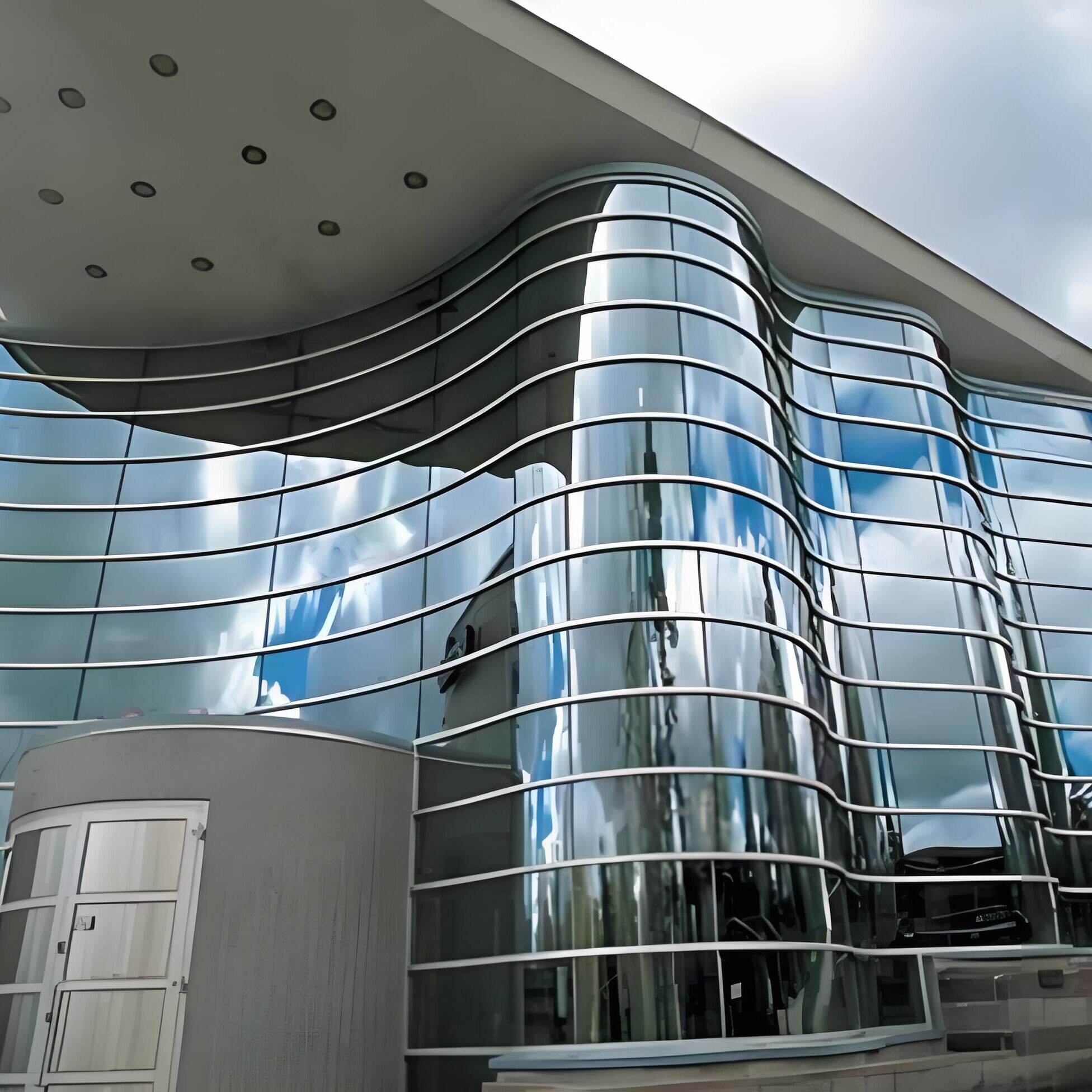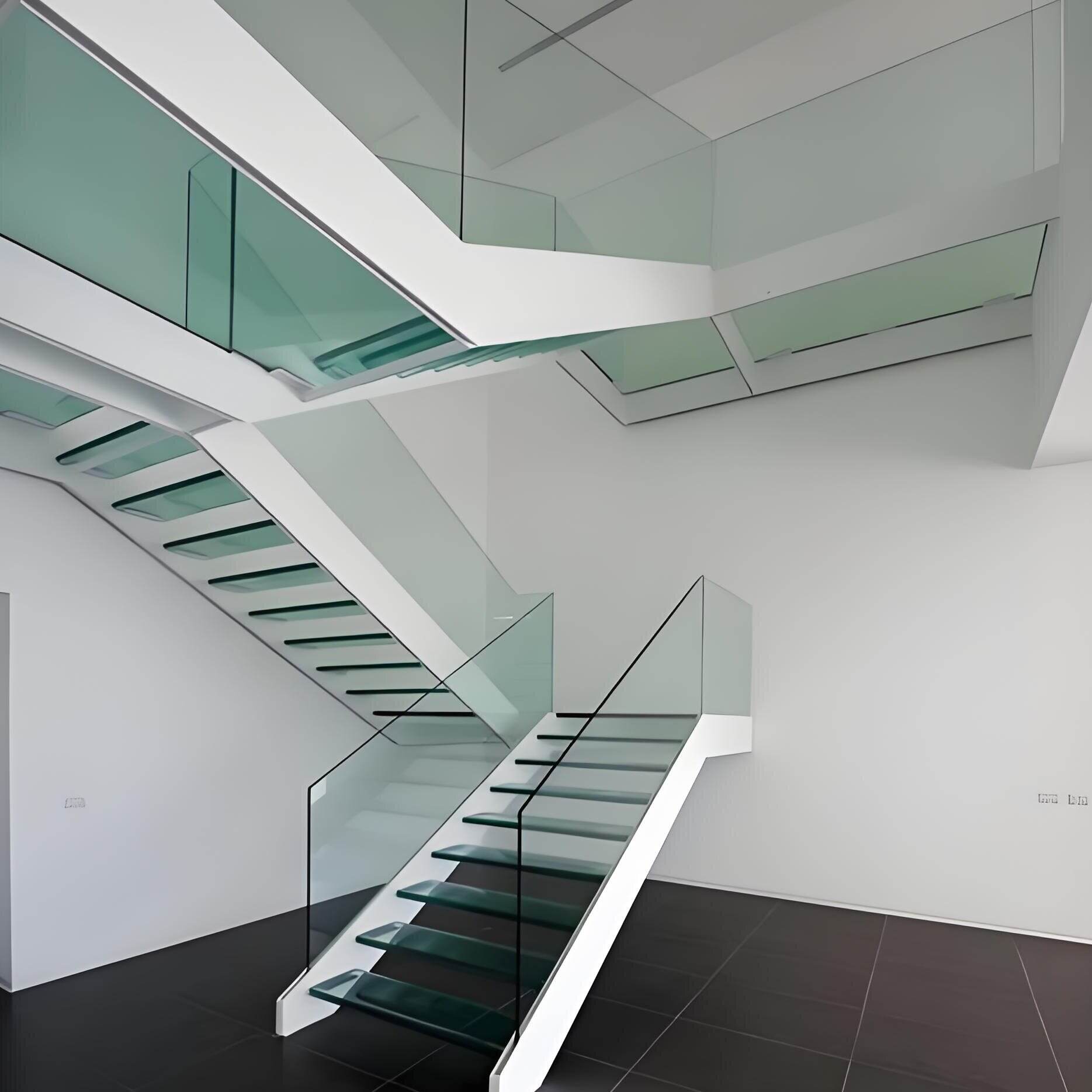glass panel size
Glass panel size represents a crucial element in modern architectural and technological applications, serving as a fundamental component in various installations from commercial buildings to residential spaces. The dimensions of glass panels are meticulously engineered to meet specific requirements, typically ranging from compact sizes suitable for electronic devices to large format panels used in architectural applications. These panels undergo precise manufacturing processes, incorporating advanced technologies such as tempering, lamination, and coating applications to enhance their performance characteristics. The size specifications directly influence the panel's structural integrity, light transmission capabilities, and thermal efficiency. Modern glass panels feature sophisticated properties including UV protection, thermal insulation, and sound dampening capabilities, all while maintaining optimal transparency and aesthetic appeal. The technological advancement in glass manufacturing has enabled the production of panels with unprecedented size capabilities while maintaining superior strength and durability. These developments have revolutionized building design possibilities, enabling architects and designers to create more open, light-filled spaces without compromising on safety or energy efficiency. The versatility of glass panel sizes accommodates various applications, from small-scale residential windows to massive curtain wall systems in commercial skyscrapers.


